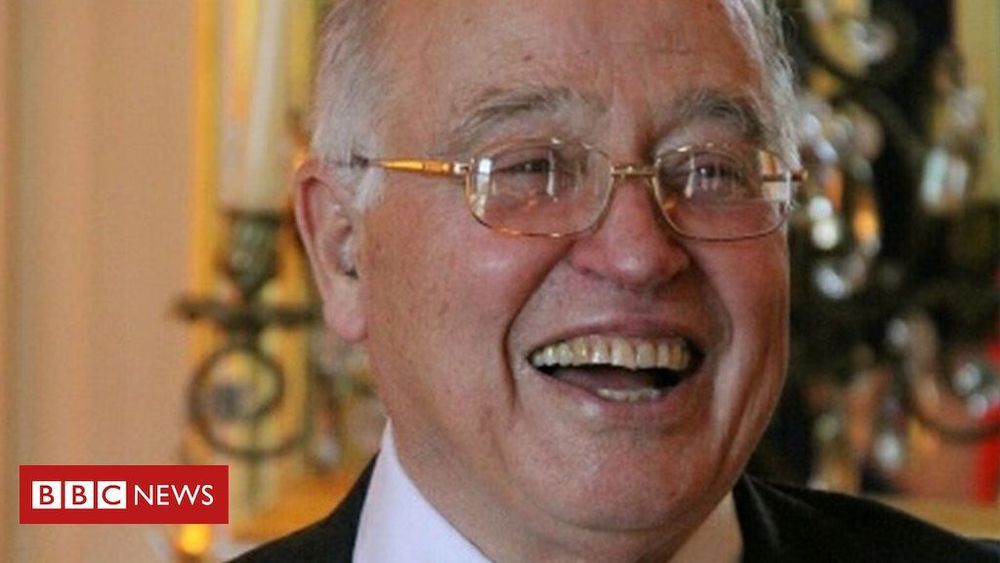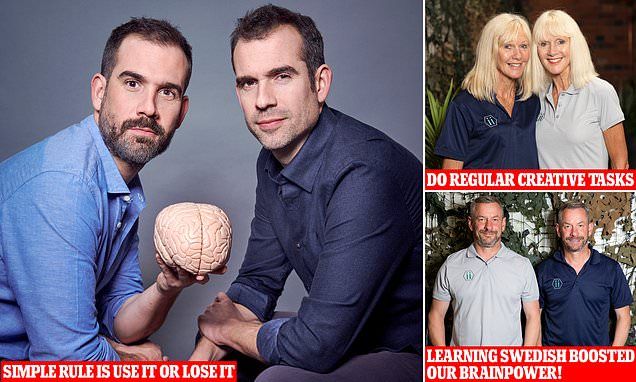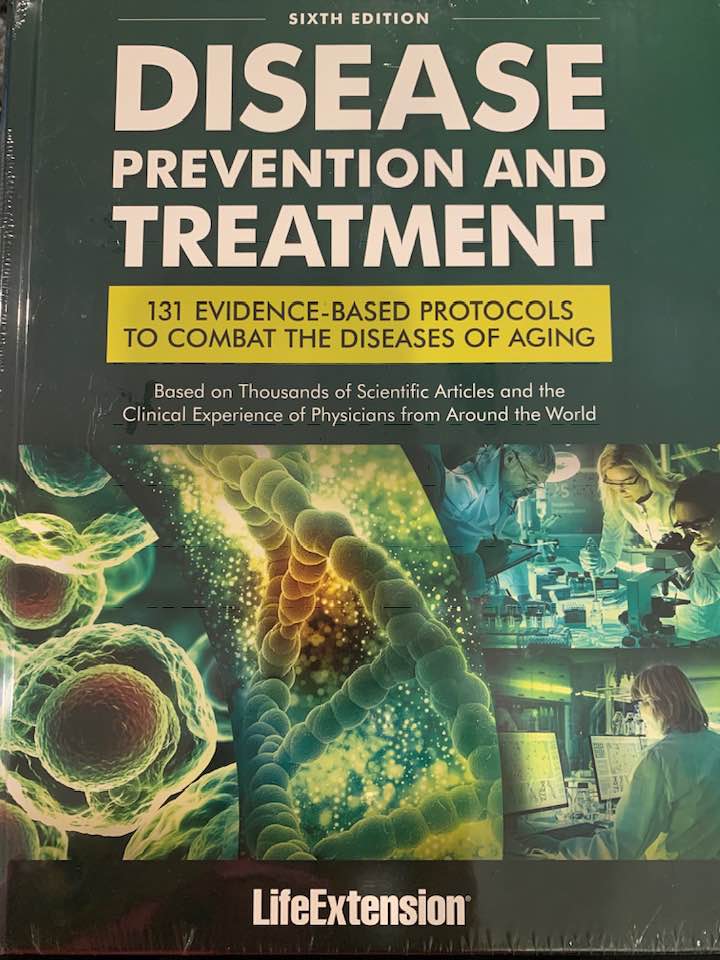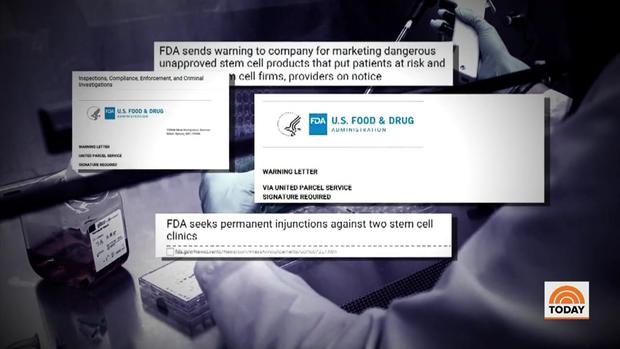Scientists working with the Event Horizon Telescope project may have have captured an image of a black hole in the Milky Way, which could be ‘the most iconic ever’.
Scientists have suggested that for the first time, they may have finally captured what could end up being the first image of a black hole within the Milky Way. A team of international astronomers have been hard at work analyzing two specific areas of space located in Sagittarius A and M87 through the Event Horizon Telescope project (EHT), and have reported that they have discovered what amounts to “spectacular” data during their research, which in this case, would be the faint image of the silhouette of a black hole.
According to the Daily Mail, this image may very well prove to be “one of the most iconic ever.” The scientists involved with the EHT collaboration are currently analyzing tremendous amounts of data from 2017, and this data is set to be made public later on this year.









